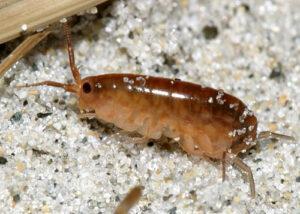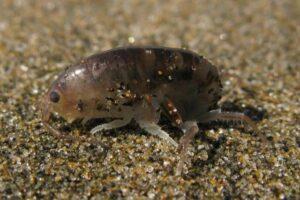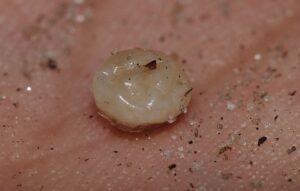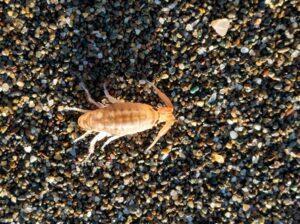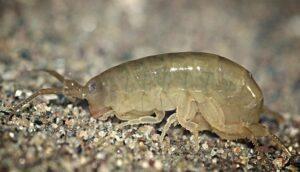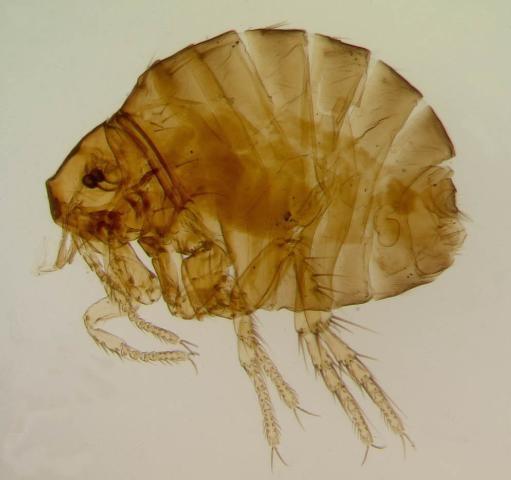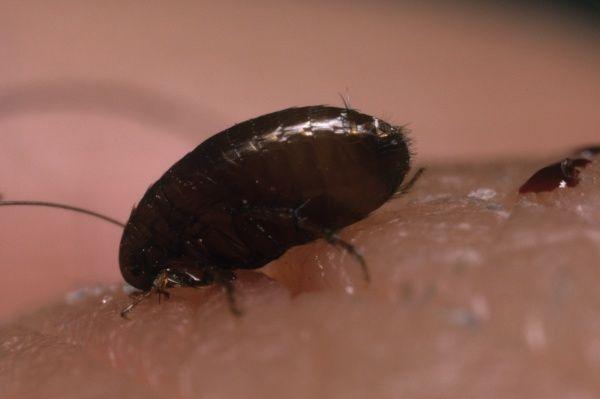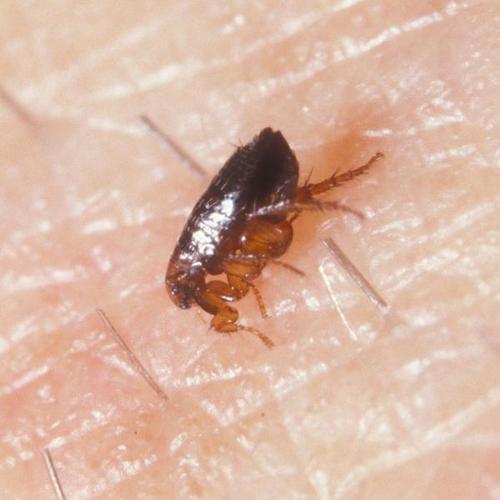Chigoe Flea (Tunga penetrans)
Updated on
28/10/2022The chigoe fly is a parasitic insect found chiefly in tropical and subtropical climates. It is also known by the names jigger, jigger flea, chigoe, chigoe flea, chigo, chigo flea, nigua, burrowing flea, and sand flea. The parasitic infestation of jiggers in humans and other mammals is called tungiasis. It mainly targets the foot but can affect any other body part.
Scientific Classification
- Class:Insecta
- Order:Siphonaptera
- Family:Hectopsyllidae
- Genus:Tunga
- Species:T. penetrans
Conservation Status
Description
The jigger is the smallest known flea measuring only 1 mm in size. It is most recognizable in its parasitic phase. When embedded under the outermost layer of the skin, its size may cross 1 cm. It looks like other fleas.
Distribution: Central and South America, the Caribbean, India, and sub-Saharan Africa.
Habitat: It mostly lives 2-5 cm below the sand. It is because the larvae cannot develop at the high temperatures of the surface, and there is no oxygen deeper down.
Do They Bite/Sting: Yes.
Lifespan: 4-6 weeks.
Predators: Nematodes (especially Steinernema carpocapsae), spiders, and snakes
Behavior and Characteristics
Diet
The females burrow into the host’s skin and suck its blood by inserting its proboscis into dermal capillaries. Various hosts like monkeys, rodents, cats, dogs, cows, sheep, pigs, elephants, and humans are its prey. Within a week, the body volume of the flea increases 2000 times as they become filled with eggs.
Life Cycle
The insect passes through 4 stages of its life. They are egg, larva (maggot), pupa, and adult.
1. Egg Stage
Its yellow-white eggs are 0.6 mm long, on average. They are dropped on the soil in batches of a dozen.
2. Larva Stage
The larva hatches from the eggs if environmental conditions like moisture and humidity are favorable. Then it passes through two instars, unlike most fleas that go through three. In the first instar, it decreases in size from its just-hatched length of 1.5 mm to 1.15 mm before reaching 2.9 mm in the second instar.
3. Pupa Stage
After 6-8 days of hatching, the larva pupates by building a cocoon around it. As it lives on or below the sand, it uses the material to stabilize the cocoon and promote development. So a decrease in its incidence can be attributed to rain or lack of sand. If there is no such disturbance to the cocoon, the adult emerges in 9-15 days.
4. Adult Stage
After a meal of blood, the males are still mobile, but the females burrow head-first into the host’s skin, leaving only the tip of its abdomen exposed through a hole in the skin lesion created by it. It helps in its respiration, excretion, mating, and expulsion of its eggs as it feeds from blood vessels. It stays in the cutaneous and sub-cutaneous dermal layers. Mating can only occur in this buried position of the female as the sexes show no interest in one another in the wild.
The male dies post copulation while the female continues development within the host. Over the next few weeks, the female abdomen swells with several hundred thousand eggs. It then dies and can often cause infection due to its body rotting under thick scales.
Getting Rid of Jigger Fleas
The point of infection is a large blister with a black central dot that is the insect itself. During the first or second day of infestation, the host feels an irritation or itching that gradually gives way to insensitivity as the area surrounding the flea calluses. As the flea’s abdomen swells when it bears eggs, it can cause pressure on the neighboring blood vessels and nerves.
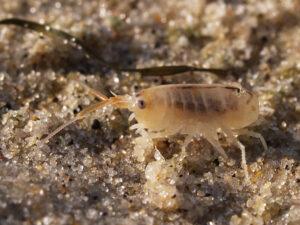
Depending on the infection location, the pain can range from mild irritation to severe discomfort. Intense local inflammation can increase pain and restrict mobility. Tungiasis causes abscesses, gangrene, disfigurement, and secondary infections. The disease is transmitted when the skin comes in contact with surfaces where burrowing fleas have developed.
Chances of infestations can be reduced by spraying insecticides like malathion and walking with shoes on. Regular application of a coconut oil-based repellent prevents sand fleas from penetrating the skin. It significantly reduces tungiasis-induced morbidity.
Tungiasis treatment mainly involves surgical extraction of the embedded fleas if the person has a low parasite load. No drugs have been proven to be effective, and prevention is the key to controlling the disease.
Source
blog.hmns.org, revistagloborural.globo.com, upload.wikimedia.org, proshieldpest.com, hips.hearstapps.com, static.wixstatic.com




